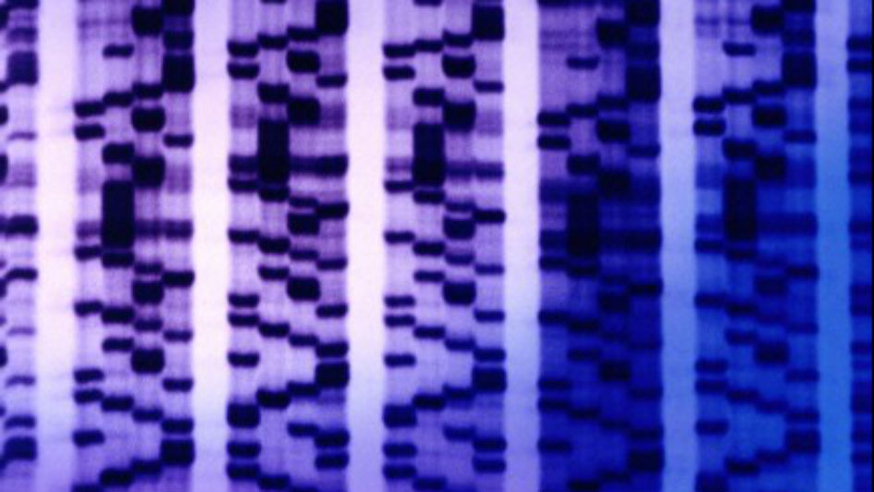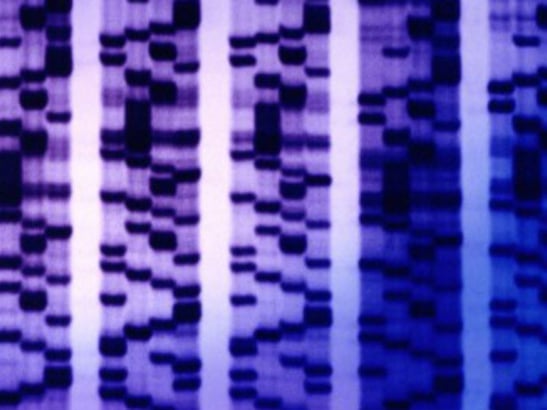
The number of human genomes sequenced around the world has grown exponentially. DNA test results are being stored in national databases and shared across international consortia, and they’re also being collected privately through direct-to-consumer gene testing.
Last week, thousands of researchers, industry representatives, policy makers and healthcare professionals gathered in London to share their experiences of this new world at the capital’s first-ever Festival of Genomics.
We heard about advances in technology, the insights genomic testing can give us into the design of drugs and clinical trials and policy initiatives to try to keep up with the rapidly changing science.
One of the most thought-provoking talks I attended was given by Professor Nazneen Rahman, Head of Genetics and Epidemiology here at The Institute of Cancer Research, who took a step back from the hype to talk to us about what we still need to do to take these advances to patients.
In her plenary session she challenged the audience to consider whether we are asking the right questions when it comes to turning our extraordinary knowledge about genomic sequencing into something that can reach the clinic.
Speakers throughout the day waxed lyrical on the benefits of genomics and how right now our knowledge of genomics is growing at an exponential rate.
At the festival we heard that 25 years ago, sequencing the genome was the real bottleneck – originally costing $10 million. It wasn’t something that we did every day. Since then, the cost has come down to under $1,000 to sequence a genome, and it can be done in a day, but having this detailed information doesn't mean we can instantly use the data in the clinic to help treat patients. Our ability to analyse and interpret the data in a way that can be rolled out across the NHS to benefit patients still lags behind the sequencing technology.
Analysing the influx of data
Professor Rahman explained that current approaches to analysing data rely on scaling up our existing methods, and simply cannot cope with the enormous increase in flow. She used the analogy of people who had previously travelled around by walking graduating to travelling by rocket, while still trying to use pavements as their main transport infrastructure.
Although we now know about many genetic variants, we simply don't know what are the clinical outcomes of having them. At the moment they’re classed on a scale of definitely pathogenic (disease-causing) to not pathogenic, but most are simply boxed by clinicians into the 'uncertain' category and never used to make clinical decisions.
So rather than asking how we can roll out use of genomic data further, which we’re struggling to do on such as scale, we should instead be asking how can we create a radical new pathway to interpret these large volumes of data quickly, and in a way that gives clinicians clear information about how they should react.
Rather than simply asking whether the variant is pathogenic or non-pathogenic, or ‘uncertain’, we should be asking ourselves what the human impact is.
The link between a genetic sequence and what it actually means for patients can be very complex.
Professor Rahman used the example of the BRCA breast cancer genes. Different BRCA mutations have varying effects on the risk of a cancer, and more confusingly still, the same mutation can also have different effects on risk, depending on the context within that individual.
No wonder so many variants end up getting classed as uncertain!
For example, 10% of the healthy population have a rare BRCA variant of some kind, most of which would currently be classified as ‘uncertain’. But, in fact, we should be in a position to give rather more information about the risk conveyed by these variants. We know that over 95% of mutations that truncate the protein are pathogenic, whereas over 95% of those that don’t are not pathogenic. This means that quite a high proportion of clinical variants of the BRCA gene could now be classified into a clinical management category.
Professor Rahman suggested that genetic variants should be triaged into three categories to determine if they are clinically relevant or not, or need more evaluation. For most variants, the starting assumption should be that they are not clinically relevant, with variants treated as 'innocent until proven guilty' rather than the other way around.
Implementing these findings
She went on to talk about how we can use the results of genomic findings in the clinic once we fully understand what we have found. Again, she explained that we shouldn’t simply try to scale up the existing model – in this case the use of genetic counselling – but rather ask how can we provide people with the information they need to consent to and understand their gene test.
She explained that having a medical genetic test as a patient with cancer undergoing treatment is a very different situation from a healthy person undertaking a predictive gene test, and suggested that they don’t need the same pathway when it comes to genetic counselling.
In fact, our partner hospital, The Royal Marsden, where Professor Rahman is Head of the Cancer Genetics Clinical Unit, has rolled out a new model where women with ovarian cancer initially receive a genetic test from the cancer team and then, depending on the outcome, they will only be referred to a genetic counsellor if a pathogenic mutation is discovered. I’ve blogged about this work before when covering Professor Rahman’s Mainstreaming Cancer Genetics programme.
If this was rolled out for ovarian cancer patients across the NHS, only 750 genetic counselling appointments would be needed each year, just for the women with mutations that needed clinical action, rather than 10,000 genetic counselling appointments if every woman with ovarian cancer was seen. This could save the NHS around £2 million every year just from the costs of genetic counselling appointments alone.
After hearing so many talks on all the high-tech gadgetry surrounding genomics, it was interesting to stop, take stock and think about what we’re doing with the huge influx of information, and what still needs to happen if we are to have the benefit for patients that we’re seeking. I left excited about the extraordinary advances taking place in genomic sequencing, and my head buzzing with the fresh approaches we’ll need to take to actually translate it all into patient benefit.
We’re 25 years into a genomic revolution. It’s unlikely to take as long again before we start seeing some really dramatic benefits for patients.
